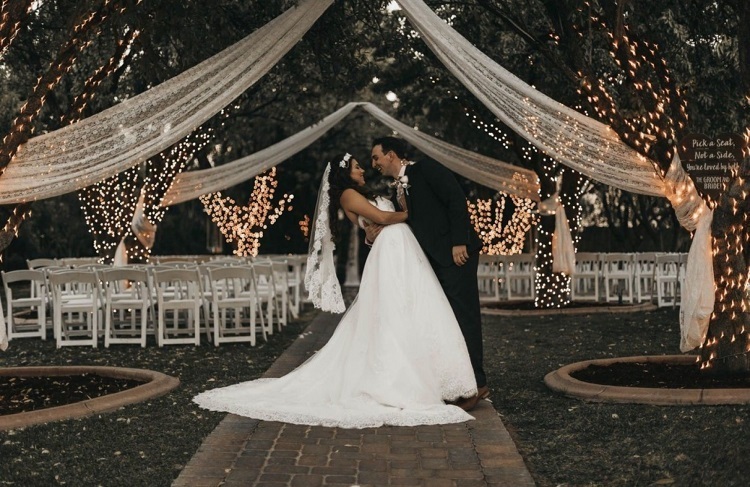Most wedding gown preservationists use acid-free boxes to preserve wedding gowns. Some boxes have windows, which one can use to see the gown. Some companies seal the gown in a box and some use acid-free tissue to buffer the folds and a cardboard is used to fill the bodice of the gown. The gowns are sealed, so as to protect them from oxygen though, sealing it increases the chance of them getting mildew and creasing permanently. Inspection is not impossible if the gown is sealed.
Before it is put in a box, the gown is first cleaned, pressed and then folded into a wedding dress box. This will help the dress not to have any creases. This is because acid-free tissue is placed in between the gown, as it is folded. This is unlike in the sealing method. In this case, the box is not sealed and you can open and check the gown anytime you want to. The fabric can breathe because the box is not sealed and you can refold it from time to time to prevent permanent creases.
The quality of wedding dress boxes vary. Most of them are regular card boxes with acid free coating. However, these acid free coatings may not last a long time. There are boxes that are acid-free and lignin free. The lignin will break down after a few years and the acid-free box will not be acid-free anymore. The ideal wedding dress box will be acid-free. It should also be a lignin-free box utilizing tissue for wrapping and padding. A cotton muslin cloth can also be used instead of tissue.
Boxed wedding gowns are more appealing to brides who are keen on getting the gowns out of their closet. Keeping a gown in a closet only works for small gowns that need minimal folding. Wedding dress boxes protect the gown from flood damage and smoke damage. Check on the dress every six months to ensure that nothing has happened to it. Keep the box in a warm and dry room that has no insects and not in the attic.
Archival quality wedding dress boxes are the best since they are durable and chemically stable and are safe for preservation. Archival storage is used to protect the dress from acid found in wood and wood based products and ultra violet rays found in sunlight. The boxes resist light, dust and light. It comes with an acid free tissue, which should be stuffed in the gown to help retain the shape and prevent the breakage of fiber; the arms should also be stuffed with tissue. You can also wrap the whole surface so as not to expose it. Remove cardboard, bodices, inserts and supports that can stain the fabric. Get rid of any non-archival tissue.
You can store the veil and the gown in the same box but make sure that they do not touch each other. The wire on the veil can damage the gown. Shoes should be stored separately from the gown.


















